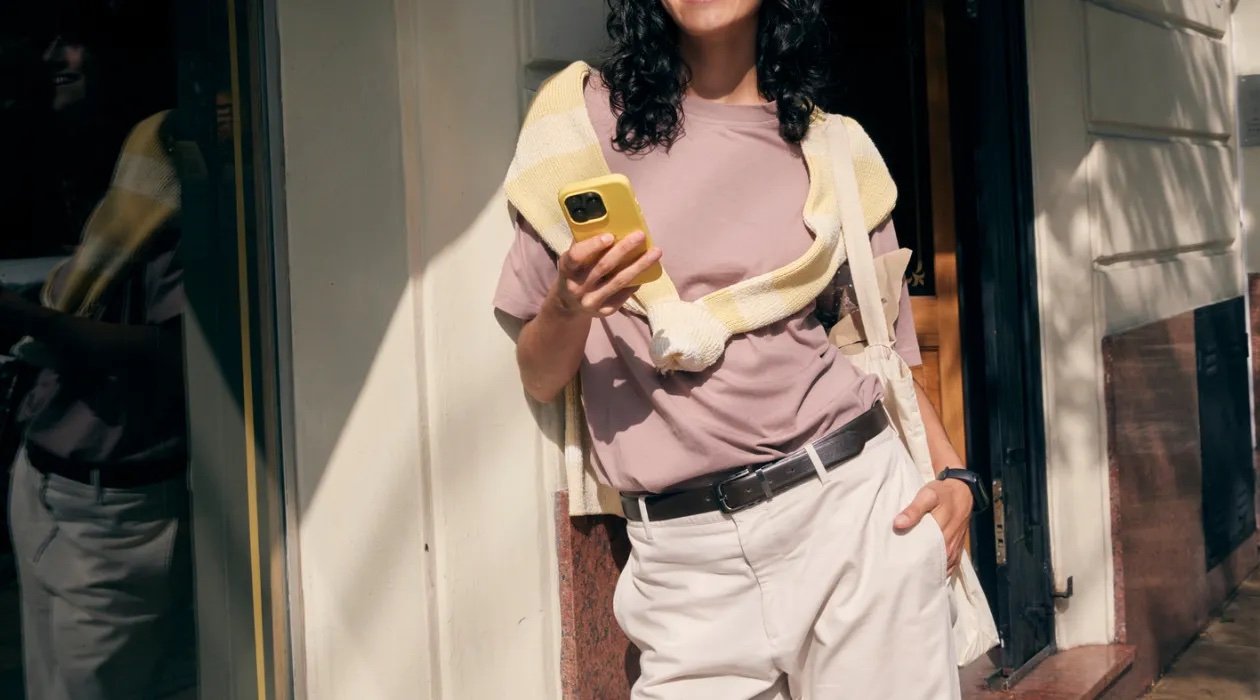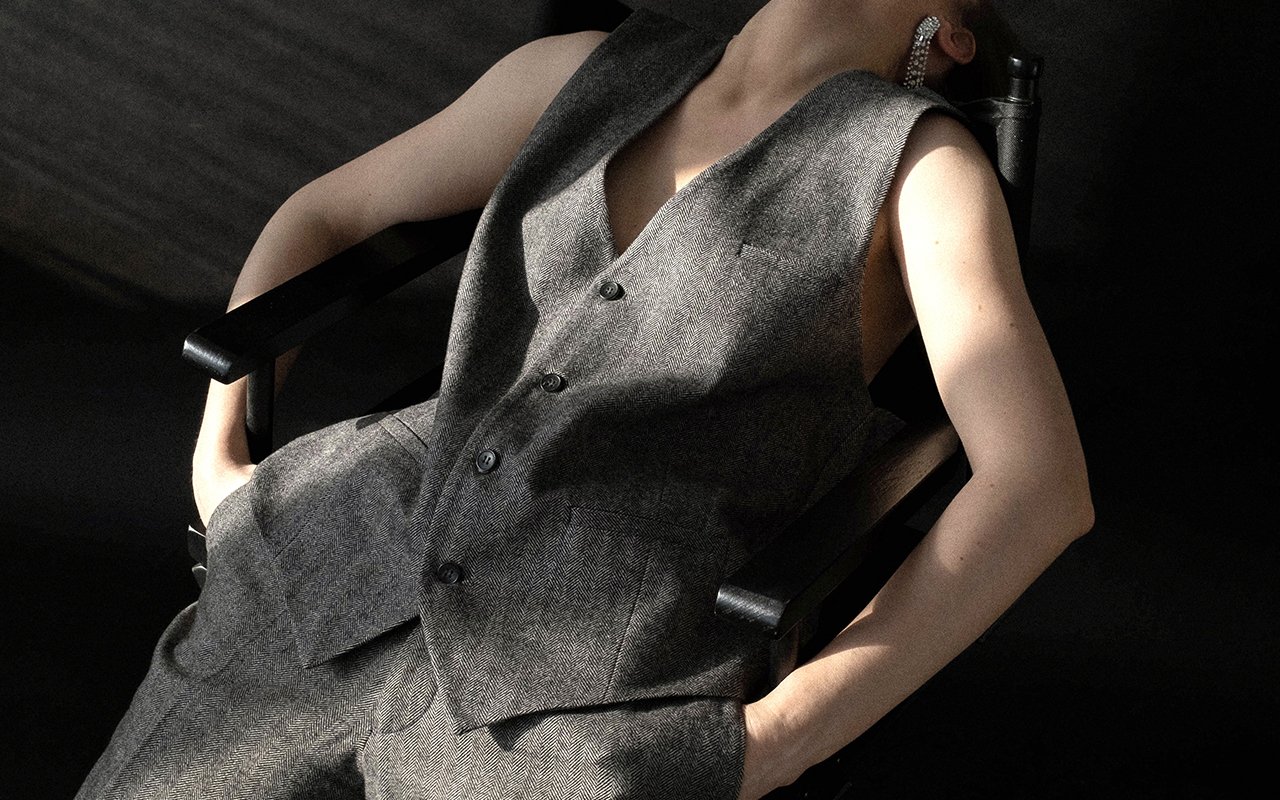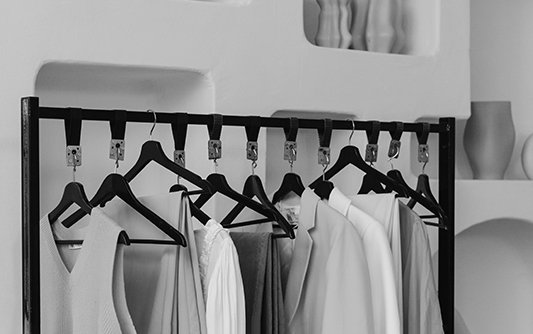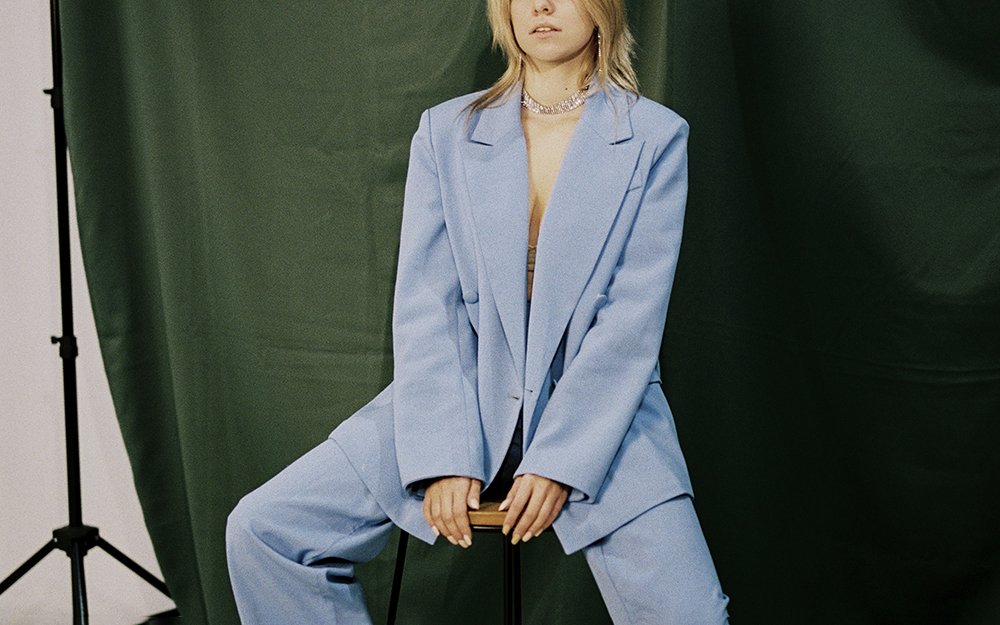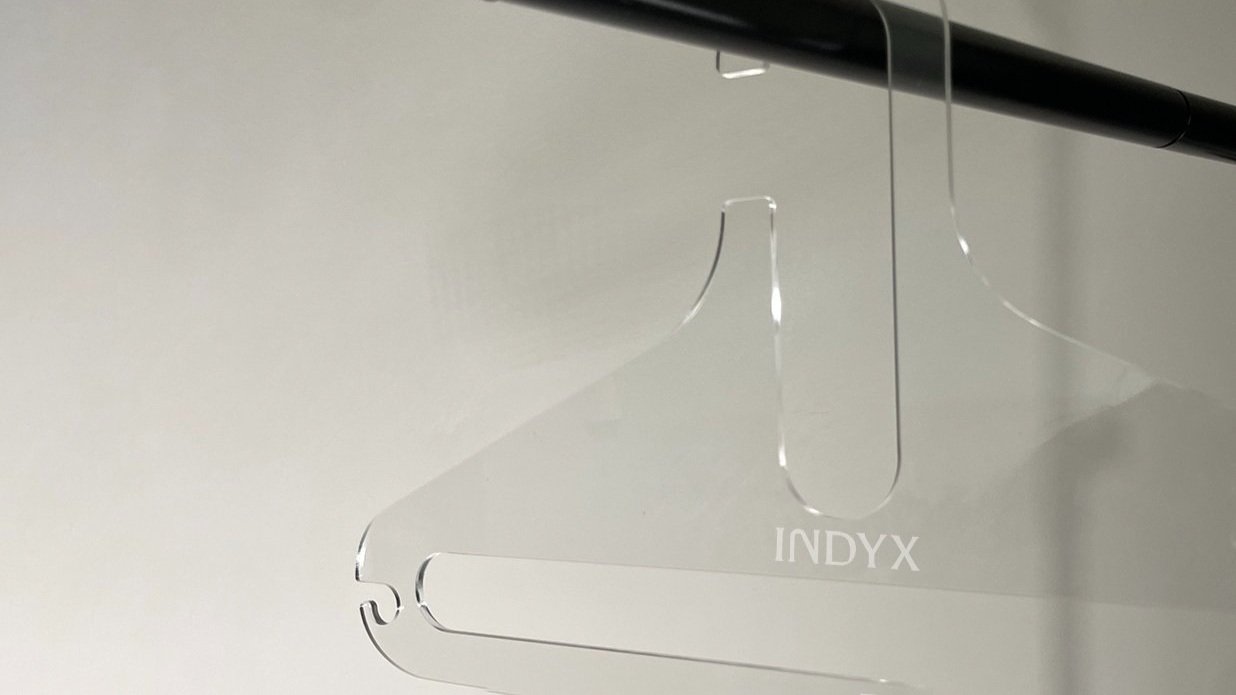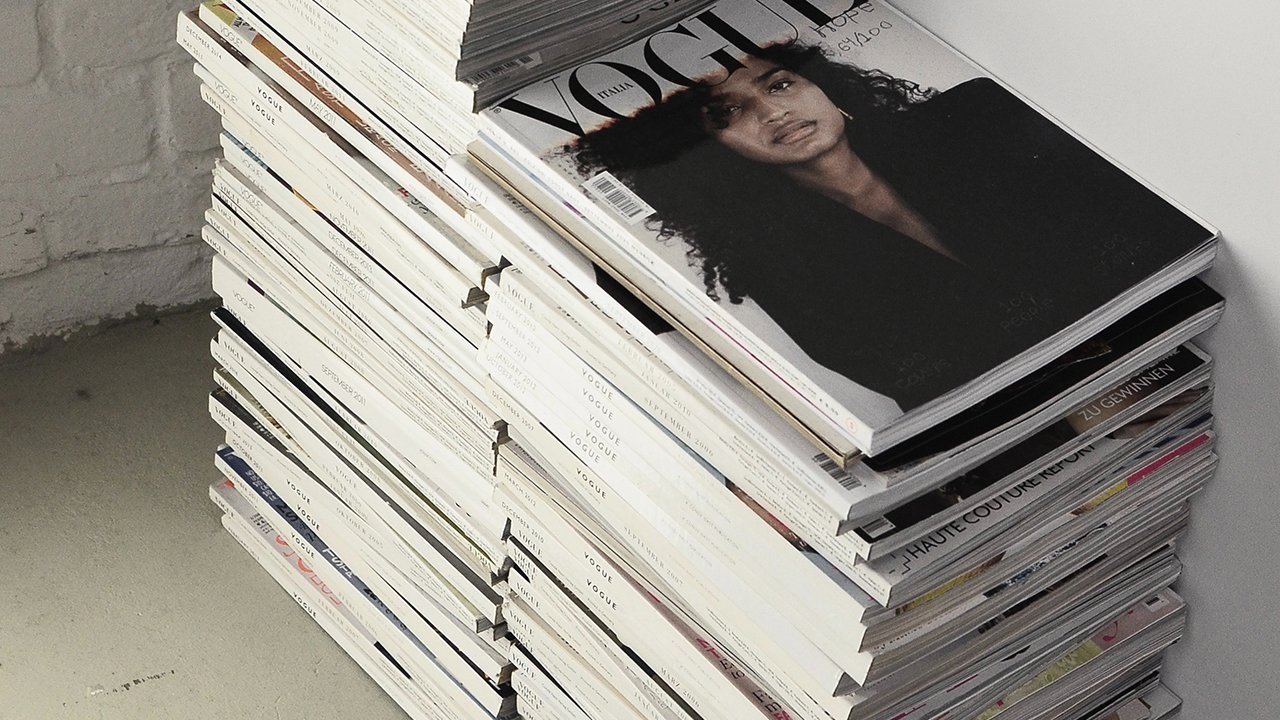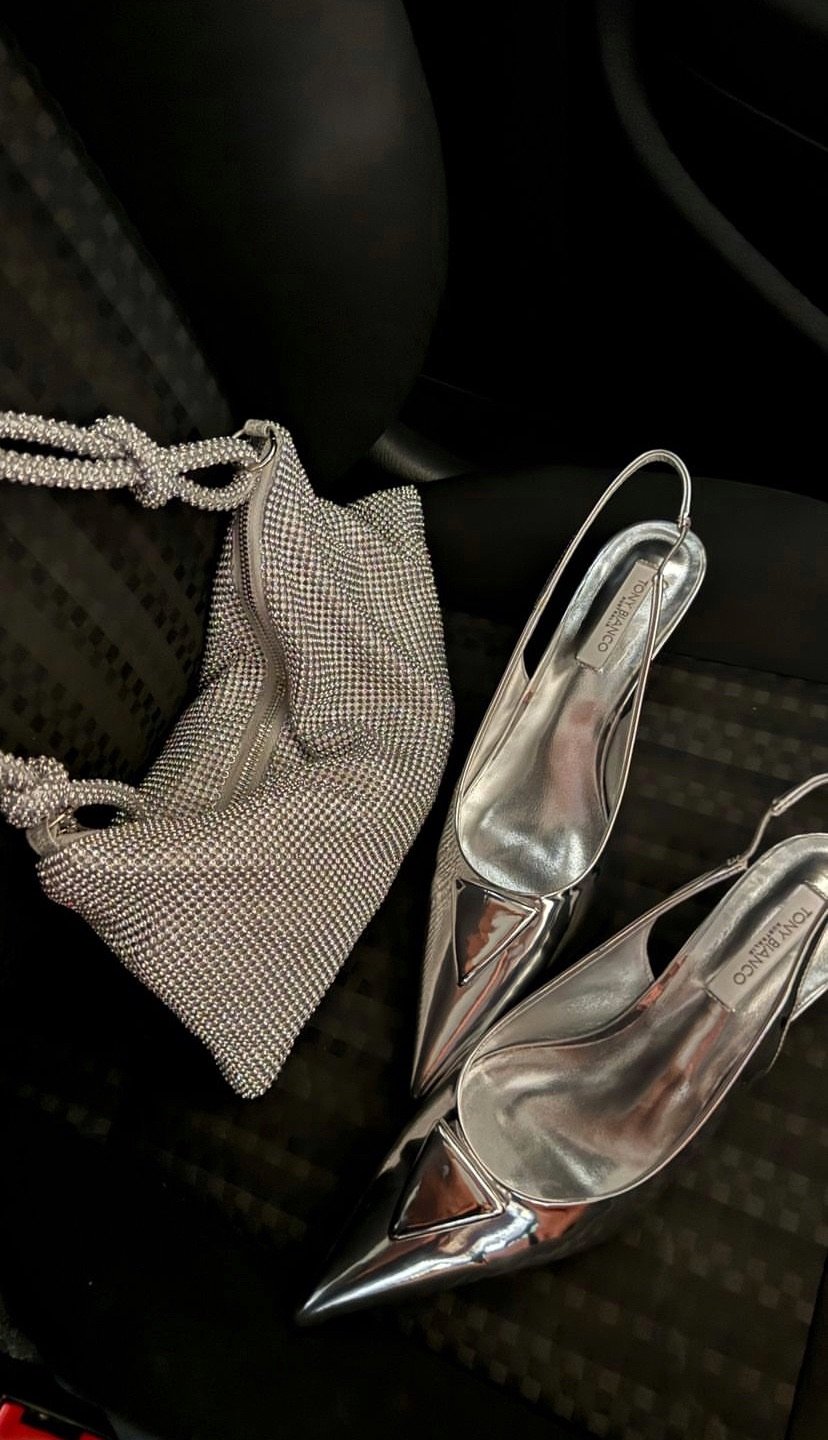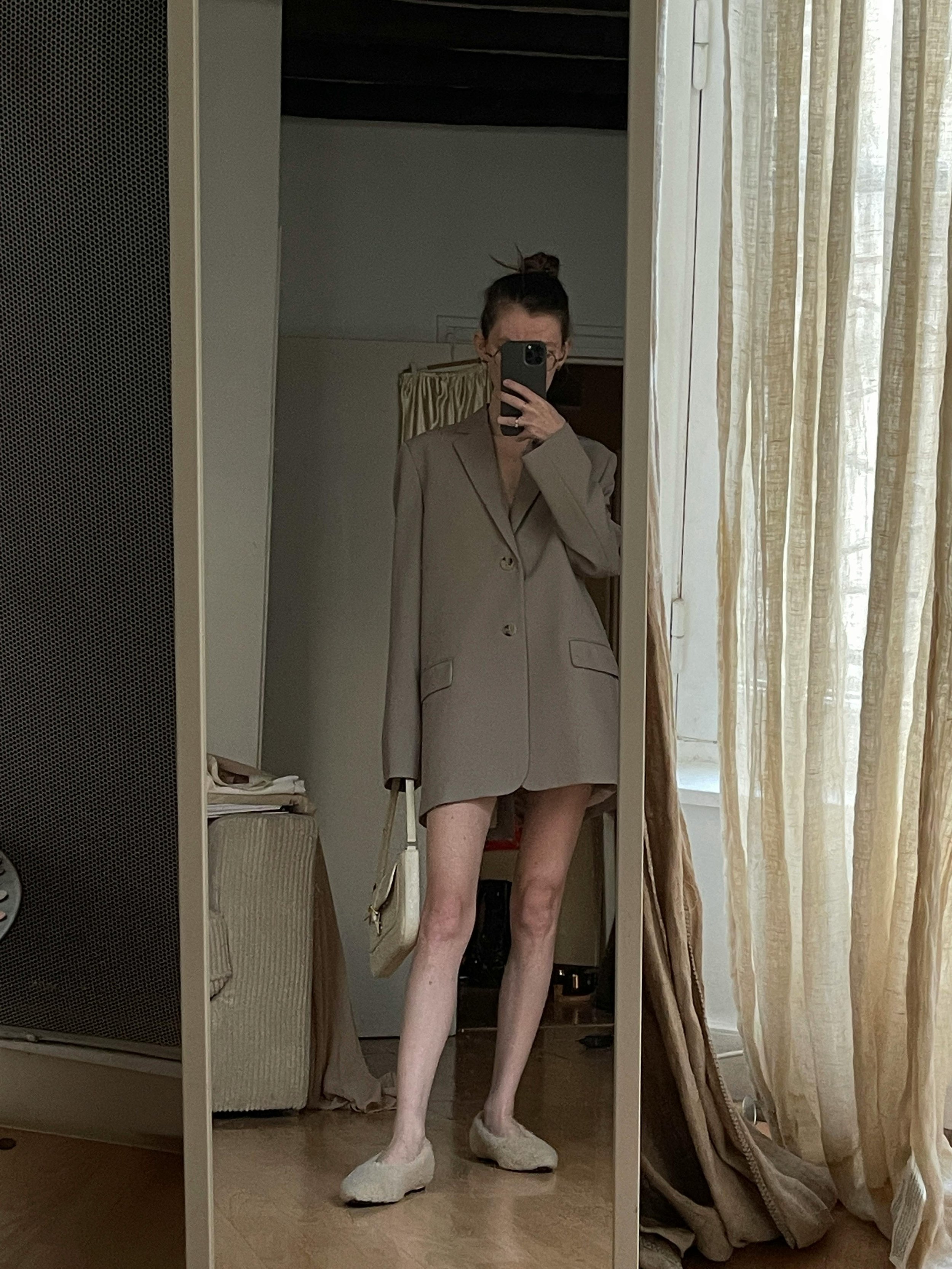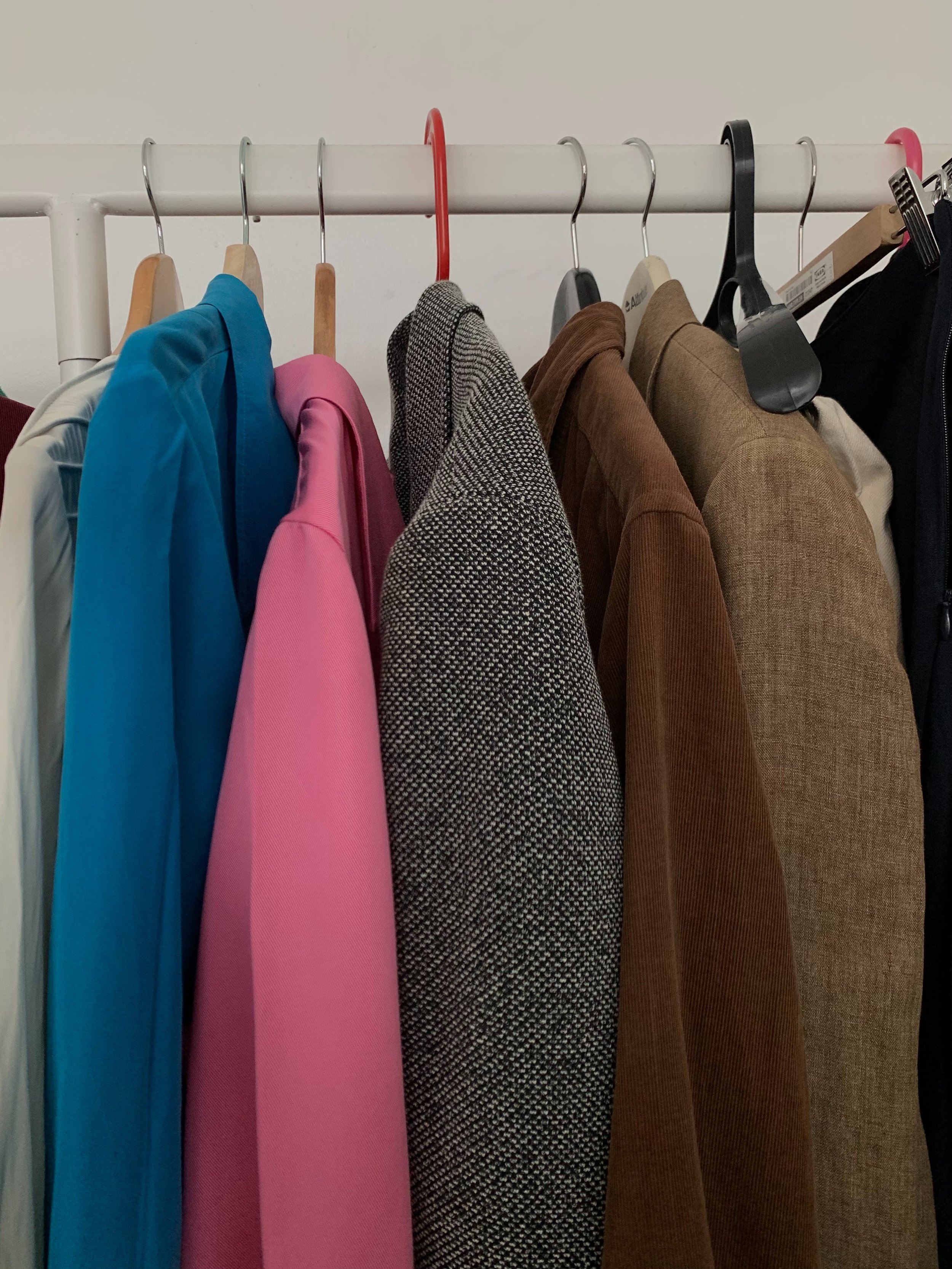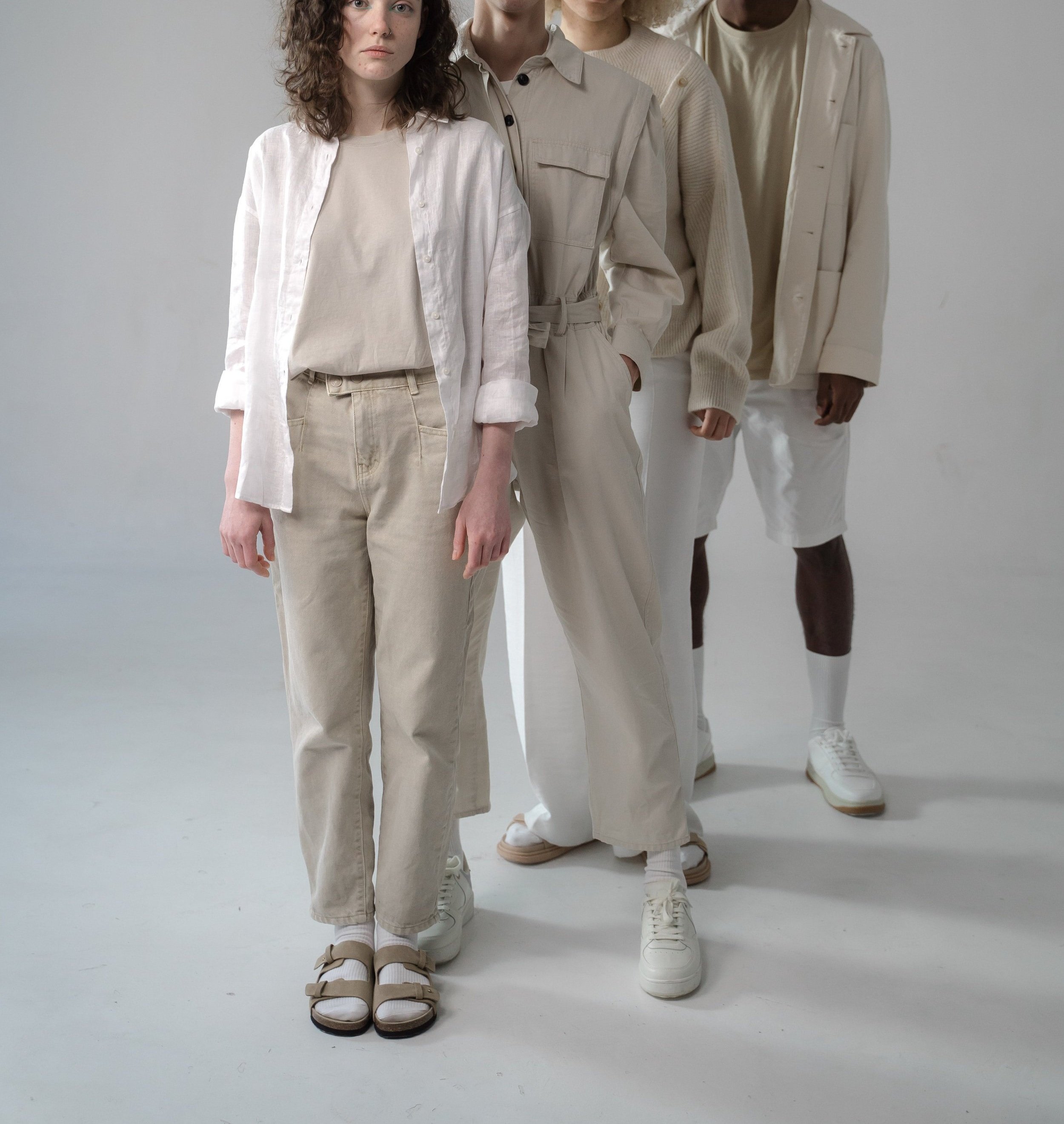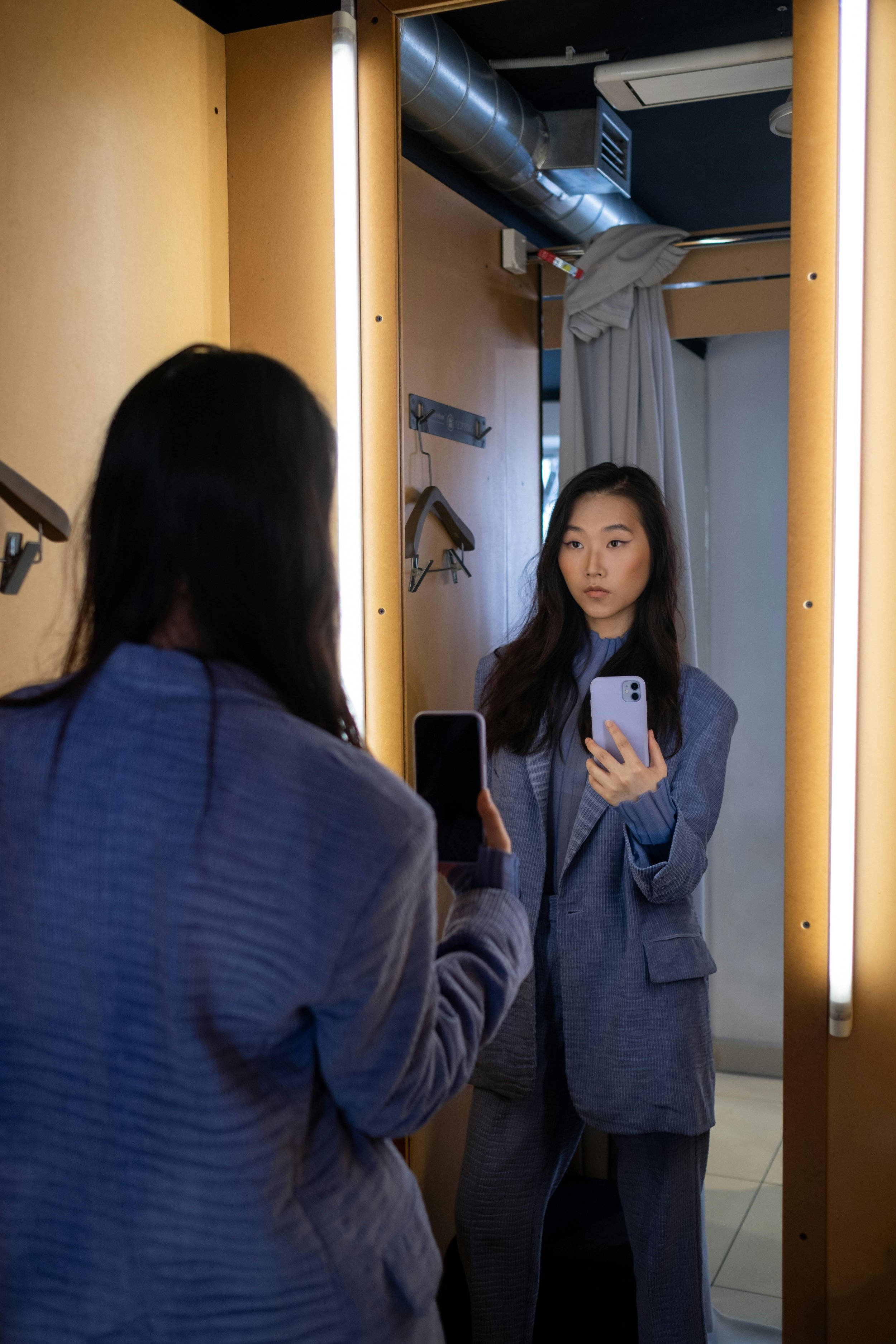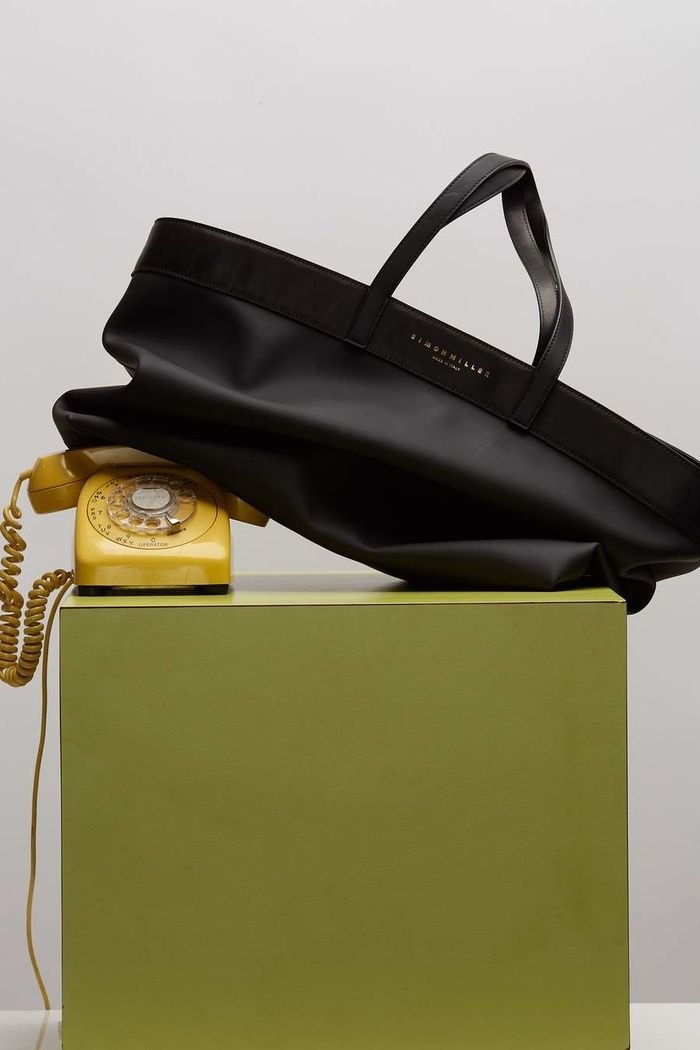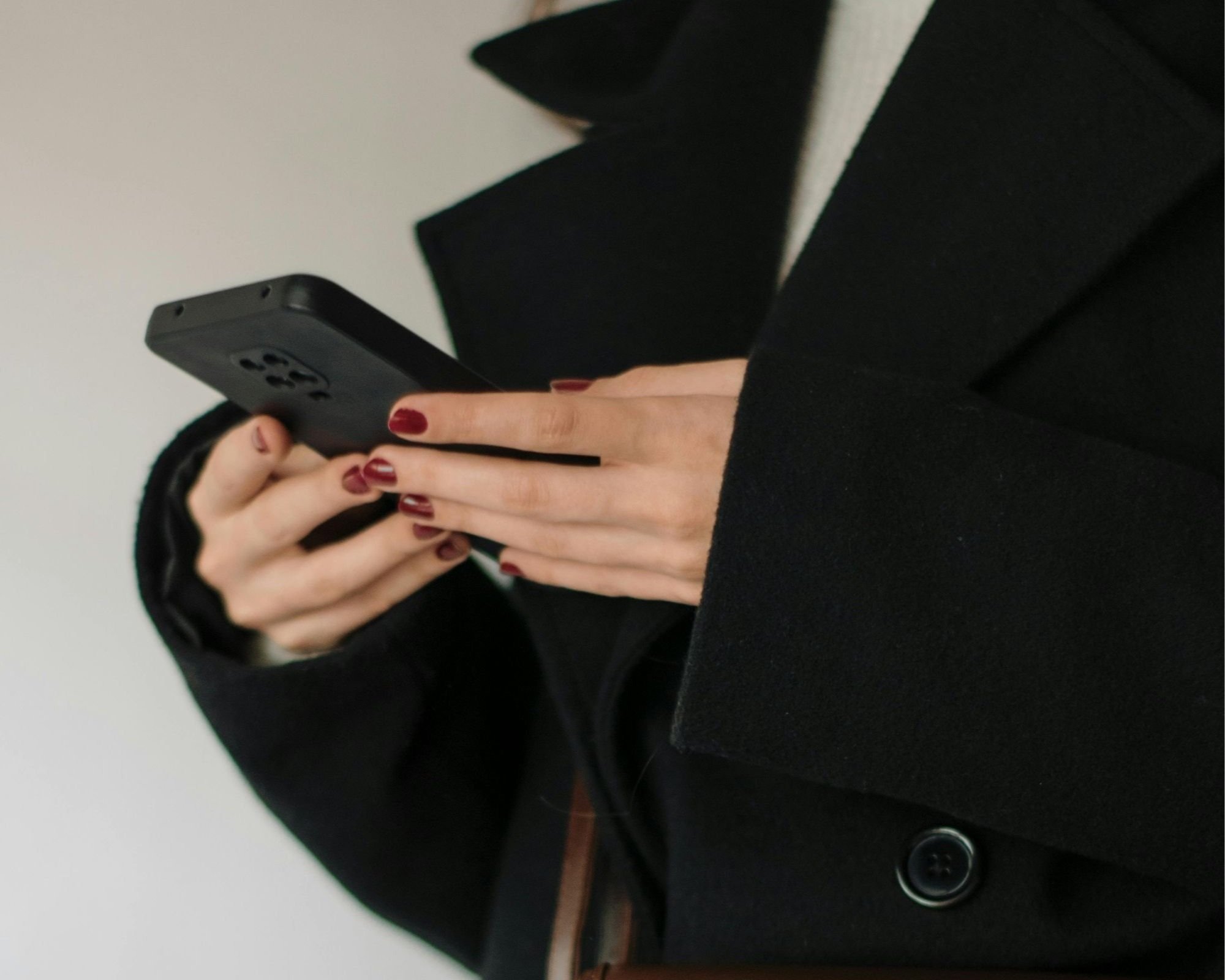De-Influencing: Navigating the Latest Influencer Trap
“Today, I’m going to de-influence you by spilling the tea on exactly which products not to waste your money on”.
You’ve likely heard some variation of this sentence while scrolling through TikTok or Instagram Reels. This trend, dubbed “de-influencing”, has influencers telling their largely Gen-Z followers what products they don’t like and shouldn’t purchase, and has already garnered over 489 million views on TikTok alone.
While that sounds all good and merry - finally, a trend based around not buying things!- the key word is trend. As the old adage goes, we are all selling something.
How exactly can a trend where influencers tell their followers to abstain from consumerism actually help brands sell their products? At face value it appears like an anti-consumerist social media campaign we can all get behind.
But in reality, after sharing the products they don’t recommend buying, these videos will almost always pivot with shockingly little self-awareness to a list of products their followers should buy instead. Those products are marketed to “save money” but in reality are lesser quality alternatives with a shorter product life cycle - otherwise known as “dupes”.
I consider the dupe trend an extension of the de-influencing trend, which has become even more popular with over 7 billion views on TikTok. Need an example? Keeping pictures of your clothes and outfits on your camera roll: Indyx dupe!
But the ones that concern us the most are the endless fast-fashion dupes presented as a smart way to fight back against the man, or to grab back a few dollars from our greedy corporate overlords. At the end of the day these de-influencing or dupe videos are just another clever marketing ploy to get you to buy more, but cheaper. In an ironic twist, the action being sold as a fight against corporate greed actually feeds right back into it. It’s not useful as an anti-consumerist campaign, and it’s not useful in building your wardrobe or being savvy in spending your money.
Ultimately, influencers are salespeople, and the best ones know how to make it seem like they aren’t selling you anything at all.
Influencers are basically commodified friends that tell you what products they “just can’t get enough of”. Take the meteoric rise of TikTok star Alix Earle as an example. Alix is a nearly overnight sensation who uses Get Ready With Me videos as background to her wild college stories. But make no mistake, as she tells you about her latest adventures at Ultra Music Festival in Miami, she’s selling the products that “stayed on all night long”.
On one hand, the de-influencing trend is a positive signal of consumer sentiment - we’re all increasingly fed up with being bombarded by marketing of products we don’t need. The rise of social media apps such as BeReal - a platform where, as of right now, users cannot monetize - only serves to support this argument. Even major fashion brands seem to be taking a step back and reassessing whether they need 1000 influencers or just a few strategic brand partnerships.
However, on the other hand, the rise of de-influencing is also in part a byproduct of the rise in the cost of living and fears of an upcoming recession. Salespeople know how to adapt to the times. Consumers are looking to reduce costs and influencers can tell their followers what to save on and what to buy instead. Exhibit A: dupes.
Today it is “de-influencing”, and in a few months we’ll have moved on to something new - but no matter how the content is packaged up, social media will always be selling you a new bridge. But consuming less isn’t a trend. It’s the key to sustainability, a better wardrobe, and better style.
Our goal is to equip you with a radar to know when someone is simply selling you something - and for those that want to be truly and permanently de-influenced, a few hard-and-fast rules on what not to buy based on what you see on social media.
The Traps: What You Should Always Avoid Buying
We’re normally advocates of nuance here at Indyx, but some things are black-and-white. These are a few rules we recommend you apply to any potential purchase you’re feeling influenced into.
Don't buy the item every influencer or celebrity is wearing
When you start seeing a product everywhere, dubbed the” it”-item of the moment - run. That might be a bit of an exaggeration, but the advice stands to think twice before purchasing.
It is extremely unlikely the product just blew up organically through word of mouth, as it’s common practice for brands to actively place - or “gift” - these products to influencers and celebrities in the hopes that they will post it all over social media. Once a few key folks are seen wearing it, the floodgates are unleashed and it becomes a full on social media trend - remember, influencers also look to each other to decide what is cool and relevant.
The product isn’t necessarily bad or unflattering, but the fact that seemingly every influencer has it is a red flag. There are no one-size-fits-all items, regardless of what these brands would have you believe. Even bags or jewelry are meant to fit certain styles. Prime example: the glow Margot Robbie suddenly had wearing Bottega Veneta versus when she was under contract to wear Chanel.
If a product is being worn by all the it-girls of the moment, the trend will likely fade after the initial PR frenzy just as quickly as it appeared. Even if the product does perfectly fit your style, it will always have a bit of a...stain…on it. It will be tied in our common consciousness to a very specific time period, and a very specific look. And so, think twice, or maybe even three times before purchasing something like this.
Don't buy the fast fashion sweaters, leather or shoes
The main message we stand behind in terms of sustainability at Indyx is to buy less and buy better. But if you have a Zara top that you love, more power to you. You can’t get enough of your Abercrombie jeans? Amazing!
But, there are a few specific categories we bet will always end up disappointing you when you buy them from a very low-cost fast fashion brand.
Sweaters
The rule of thumb with knits is that you want them to be weighty. And, a weighty sweater requires more raw materials - which is a key cost driver for fast fashion brands that they avoid like the plague to keep prices down. And so, you’ll be pressed to find a knit item at a fast fashion brand that is of this higher, weightier quality.
It is also very easy in knits to swap out quality materials like wool and cotton for synthetics like acrylic and nylon. These materials may feel softer at first, but don’t have the same temperature-regulating qualities, and will wear much worse over time. Take a peek at the tag on any fast fashion sweater, and we’ll bet that it’s at least 50% synthetic materials - not good! These cheap sweaters may feel like a deal at first, but will likely just end up being a waste of your money. If you don’t want to spend more, secondhand sites are full of sweaters made of natural materials - even 100% cashmere! - at very affordable prices.
Leather
Whether you are buying vegan leather or genuine leather, fast fashion brands like Mango or H&M should not be on the list of places you want to check out. Cheap leather will scratch and peel very quickly - not to mention, it is often of dubious origin, without any assurances as to the welfare of the animals it came from or the responsibility of the tanneries to keep toxic chemicals contained. Save yourself the money and invest in your leather pieces.
Shoes
Unless you’re routinely making the rounds on frat houses there is no reason to purchase throw-away shoes. Construction is actually more important than materials when it comes to durability, and fast fashion brands typically do not pay for the more involved techniques that will actually hold your shoes together. If you must buy into trends, don’t do it with the thing that separates you from the ground - try small accessories like hats, belts, jewelry, and scarves instead.
Don't buy the fully logo'd designer item
Designer items with the company's logo plastered across them is perhaps the greatest capitalist invention after bottled water. They charge a premium for clients to show their logo all while benefiting from the free advertisement of a walking billboard.
And, similar to the point above, it really ties you to a specific moment in time. In a few years, there will be a different hot brand, and suddenly this item you “invested” in will feel worthless. Don’t buy into it.
Don't buy the color of the year
Viva magenta! Pantone’s color of the year is a year late if you ask us. Last year every runway had this color on display, and about 3 weeks later so did every fast fashion brand.
And, while it will likely have a resurgence in the summer with the release of the upcoming Greta Gerwig film starring our gal Margot as Barbie, if it’s not your style, don’t buy it!
If magenta is your favorite color then that’s great since you will have endless options this year, but if it’s not, take a second to think if it really suits you.
This is a general rule for whatever is in that year - metallic bags, aviator jackets, cargo pants - while all cool and fun, not necessarily everyone’s cup of tea. And if you, like us, lived through the first incarnation of some of these trends, you may not be as eager as Gen-Z to wear it in 2023.
Don’t buy the capsule wardrobe/ timeless essentials
You can’t scroll through social media without being told what “basic” or “essential” items you need in your wardrobe. We’re here to tell you: none of them! What you need is unique to your needs.
Capsule wardrobes started out with the intention of promoting sustainability by reducing the amount of clothes people are buying. But to many, the one size fits all approach feels constraining and kind of boring.
For me, the trap was the black leather jacket. It seems like a piece every influencer urges you to buy as the perfect on-the-go layer. Some argue it is a “timeless essential” that deserves a big investment as I would use it for years to come. I spent *months* searching for just the right one, bought it and…don’t like wearing it. I don’t like the silhouette it gives my body and it always just feels a little too aggressive on me, like I’m cosplaying as Olivia Benson. It might be the go to jacket for many people, but it just isn’t for me.
Each person has their own individual version of their “capsule wardrobe”, so don’t be persuaded by any influencer or blogger on any specific items you need in your closet. Instead take the time to assess your style and your wardrobe to identify the items, if any, you’re missing. Our Indyx personal stylists can give you a hand with that, they can help you identify what your shopping priorities are to unlock the full potential of your wardrobe.
At this point in a typical de-influencing video, you would expect us to tell you what you *should* buy with a link to our Amazon Storefront. Instead, let’s look at some tactics you can use to avoid being overly influenced in the first place so you can rely more on your own intuition rather than just our hard and fast rules on what not to buy.
How to Prevent Being Influenced in the First Place
So far, we’ve covered what you shouldn't be buying, but how do we protect ourselves from the endless stream of ads (disclosed, or undisclosed)?
Understand the algorithm
The first thing is to understand how social media works. Regardless of the specifics of the algorithm, each app has the same end goal, which is to keep you on the app. The more time you spend, the more time other people spend. The more people spend lots of time on social media, the more data they have. The more data they have, the more they are able to sell targeted advertising to brands. And, the more time you spend on the app, the more paid advertising they can show you. And so, the cycle continues.
Everything you’re being shown is tailored to you, and no one else gets the exact same “For You” page as you. Why does this matter? Everything they are showing you is supposed to keep you engaged. You’re supposed to like what you see. That doesn’t mean that this algorithm knows what you want to buy even before you do, it just knows what it is likely to be able to sell you.
And so, to prevent being influenced, the first rule is the one we started out with: always keep in mind that everything is an ad, and on social media, that ad is tailored for you.
Curate who you follow
Your mom probably told you that you are who you surround yourself with, and that’s also true about who you follow on social media. Depending on how much time you spend on your phone, it could be your most important sphere of influence (scary!).
The first thing to do is unfollow anyone who isn’t either inspiring you or giving you practical advice. If you follow any “famous” influencers or celebrities, take a second to look at their account: do you follow them for their style or just because everyone follows them? You want to make sure that every account you follow is really providing value to you.
Seek out the people who have your aspirational style and can provide relevant inspiration for you. Look at who's following them and who they are following to find some new accounts. Smaller accounts tend to have a more tailored, unique style to larger creators, and less of their content will be directly sponsored as they are just starting out and focusing on a niche.
Look at the item, not the brand
Every style inspiration video or post will come with the brands tagged or named but that doesn’t mean you have to buy that exact item. As a rule of thumb, ignore the brands and look just at the item or outfit itself.
If, say, you like an oversized pink blazer, search for “oversized pink blazer” on Google and see which products best fit your style, budget, and other criteria. The reason that influencer is showcasing that particular product is not because it’s the best of 10 different brands they tried. It’s because they got it for free along with a generous paycheck. It’s also not necessarily the worst pink blazer, but don’t be fooled into thinking that the influencer has actually done the research to determine for themselves whether it really is the best product out there.
Have a wishlist curated to you
The single greatest armor you can have against being influenced with every scroll is knowing your needs. If you know your needs, no influencer will be able to tell you what you “need”. Spending some time defining your style, analyzing your wardrobe and creating a wishlist of what you need will keep you focused as you scroll. While you may like a few items here and there you’ll know it’s not a priority.
Take advantage of our styling services to help curate your wishlist and actually avoid spending money on things you don’t need. While they will surely be in the know of everything that is trending, they’ll even be more in the know of whether it will fit your wardrobe. Aren’t algorithms just attempts at human dupes? So why settle for the lesser quality version?
Influencers aren’t out to get you, trying to get their followers to buy ugly clothes. They're just doing their job. And, many genuinely love the products they are promoting. But, we often assume the products we’re being shown are the best available when in reality it’s just the ad that got to us first.
The best way to be de-influenced is to prevent being influenced in the first place by knowing what you want, understanding the system and choosing who is in your sphere of influence.
Equipped with our quick rules on what not to buy, and our tips on how to avoid influence in general we hope you’ll be able to scroll straight through those de-influencing videos until your algorithm starts showing you what we all really want to see: videos of cute dogs and beluga whales.
Rebecca is a fashion stylist and writer, recently graduated from the University of California, Berkeley, and currently living in London. She enjoys reading, skiing and having people cook for her.




